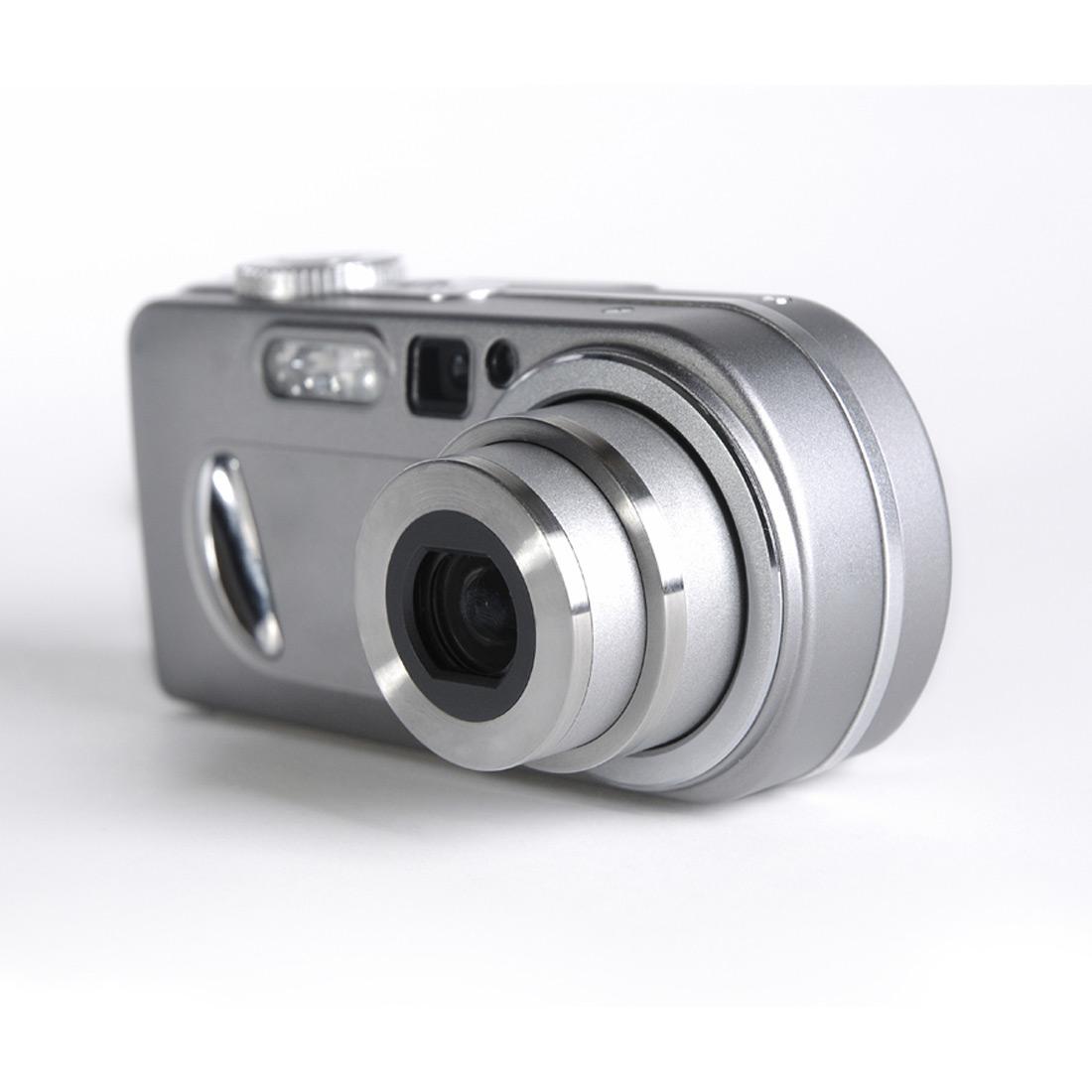 Most digital cameras available on the market allow you to simply point your camera and quickly snap a picture with the touch of a button, there is often a lot more going on behind the scenes than you may have realized.
Most digital cameras available on the market allow you to simply point your camera and quickly snap a picture with the touch of a button, there is often a lot more going on behind the scenes than you may have realized.
All sorts of things happen in the camera once the shutter button is pressed. And understanding the most important terms about digital cameras will allow you to make an informed purchase of a new digital camera, let you have more control over your digital camera’s features, and help you to take the best quality photos possible.
1. Megapixel
The term megapixel refers to the maximum resolution at which a digital camera can take photos. Simply put a megapixel is a million pixels. This means that a camera with a range of 4 megapixels can take photos which each contain a maximum of 4 million pixels.
But what does this mean to you? One word: quality. A higher megapixel count means better quality photos, and considering the price of digital cameras getting lower all the time; you should try to stick with a digital camera that has at least 5 megapixels, especially if you intend of making large prints of your photos.
2. Digital Zoom
Digital zoom is a term that seems to be given a lot more attention than it deserves. Unlike optical zoom, which uses the physical lenses inside the camera to enlarge a scene, digital zoom electronically enlarges the pixels in the center area of a photo, meaning that any time you use the digital zoom function on your camera you are sacrificing the quality of your photos. My recommendation is to disable the digital zoom function all together to stop this from happening.
3. Focal Length
Unlike zoom, focal length is a term overlooked far too often in amateur photography. Focal length refers to how much the lens of a camera can magnify a shot. Focal lengths are generally split into two categories, these being wide-angle and telephoto, which are better for spacious and narrow fields of view respectively.
Digital camera manufacturers seem to provide wide-angle lenses in a lot less cameras, even though these lenses are better suited towards the type of photos that most people commonly take.
4. ISO
The term ISO, formerly called ASA in old film cameras, stands for the International Standards Organization, but what does this have to do with your digital camera? The organization sets standards for photography, and the ISO range of a camera refers to how sensitive the camera is to light.
A low ISO number (100 or under) is not very sensitive to light, and is best for shots in good lighting conditions. A higher ISO range means that the camera will be suitable for photography in darker conditions, so it is best to look for a camera that has an adjustable range; ISO 100 to 400 should be adequate for most people’s needs. Just remember that high ISO’s can introduce “digital noise” into a photograph.
5. Shutter Lag
Shutter lag refers to the time between pressing the button to take a photograph and the time when the picture actually gets taken. This may not seem a very important factor when buying a camera, but think of it this way: if you have to wait a second or longer for a photo to be taken, like with many older and inexpensive digital cameras, then chances are that you won’t end up with the photo you desired. Many camera manufacturers do not list the shutter lag time for their cameras, so the best way to find this out is by testing a camera before you buy.
I hope that this post has helped you to better understand some of the most important terms used when talking about digital cameras, and in turn will help you to choose the digital camera that best suits your needs. I think that testing a digital camera before you make a purchase can help greatly when it comes to making a final decision, and it makes sense to do so; you may be using the camera you choose to capture your memories for years to come.
Blessings.
Chris